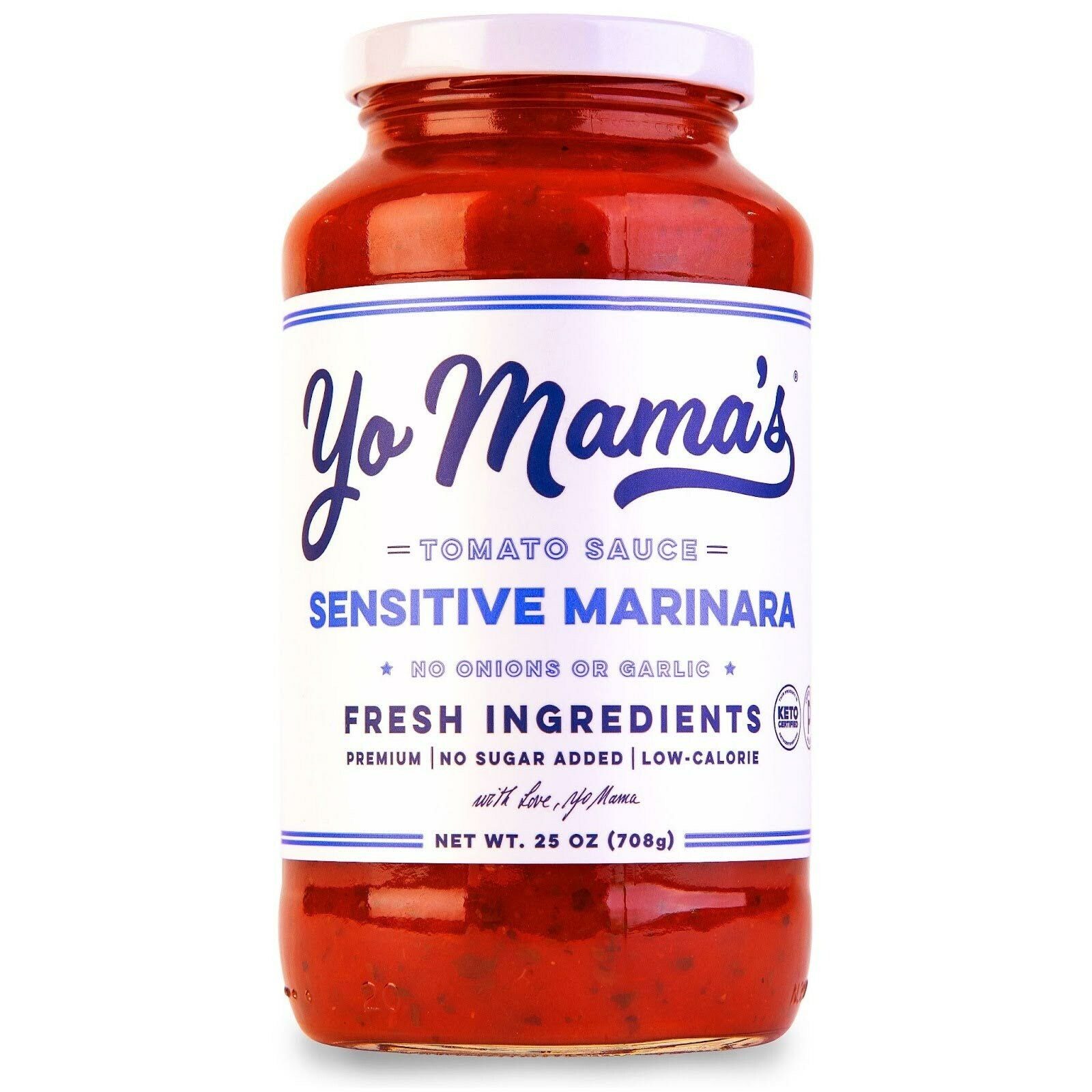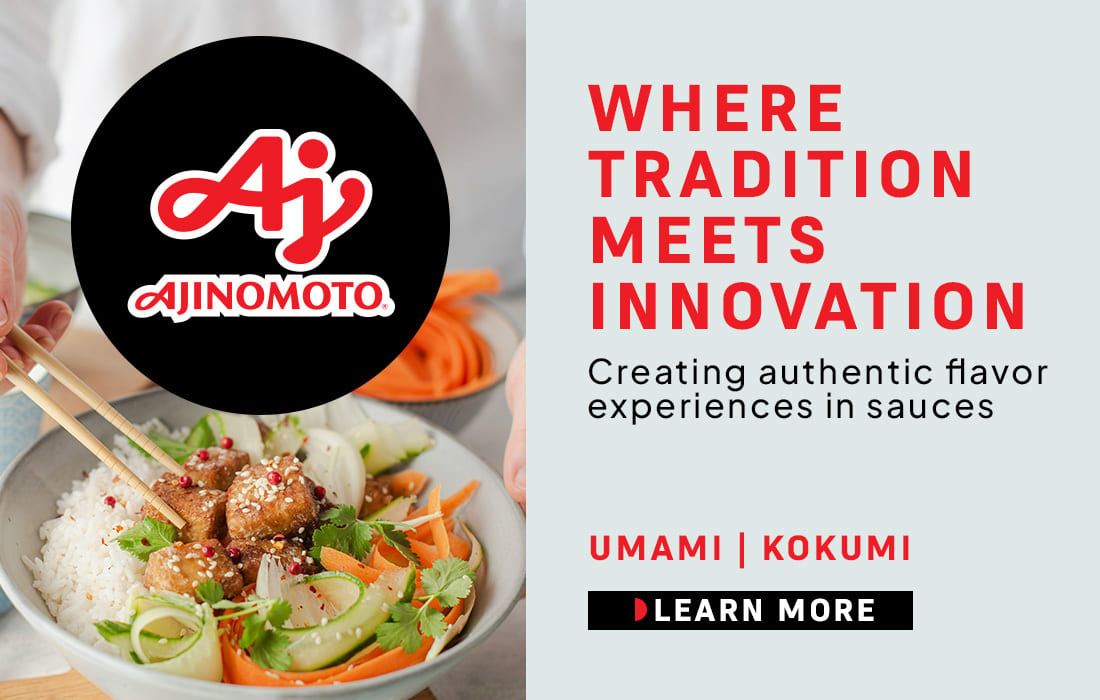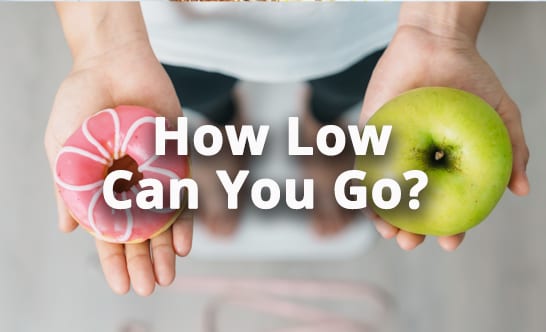Sugar Reduction - Part 1
TRENDS
How Low Can You Go?
Formulators embrace new sugar reduction strategies
In its comprehensive monitoring of consumer trends, Innova Market Insights finds a significant change in attitudes toward sugar, including a rise in interest in products with less sugar.
This is due in part to growing consumer awareness regarding the health impacts associated with a diet high in sugars. Excess sugar intake has been linked to numerous chronic diseases, including obesity, weight gain, diabetes, and heart disease. The relationship between sugar and dental health also is well-established. Popular keto and low-carb diets require consumers to severely limit sugar intake. Parents, in particular, are increasingly aware of the possible effects of sugar and are purchasing more sugar-restricted products for young children.
Governmental actions—including national guidance toward sugar limitations and state- and city-level sugar taxes—also highlight the important connections between health and sugar reduction. We see tremendous growth in sugar-related claims on food and beverage packaging that help direct consumers toward choices with less sugar. Possible standardization of front-of-pack claims will increase attention on sugar content.
Panuwat Dangsungnoen / Getty Images
By Lu Ann Williams, Contributing Editor
Consumer Concerns
Innova’s annual consumer trend surveys demonstrate growing consciousness among US consumers to limit sugar intake. Not surprisingly, those consumers over age 55 have highest levels of awareness. More than half of all participants in a recent survey report actively reducing their sugar consumption. US consumers also try to limit or reduce purchases of high sugar ingredients. Interestingly, consumers are unwilling to give up indulgences and they also look for healthier versions of indulgent foods. It’s also curious to note that although consumers report they consciously limit sugar and artificial sweeteners, they are less concerned about to limit natural sweeteners such as maple syrup and honey.
Surveyed parents told us they actively restrict sugar in the diets of their children more than in their own diet. Parents appear to understand the importance of establishing healthy eating habits when young.
Innova sees modest but steady growth in the number of US food and beverage launches featuring sugar-related claims. These claims help guide consumers looking for products with less or no sugar. In recent years, "no added sugar" and "sugar-free" have stood out as leading sugar-related claims. "Sugar-free" claims are experiencing the most robust growth. "No added sugar" and “low sugar” claims also are gaining.

Sugar-Free Sodas: Nixie uses organic stevia leaf extract in its new Organic Zero Sugar Sodas. Nixie Beverage Company
Sweetener Innovation
Successful sugar reduction relies on sweetener innovation that replicates the sensory aspects of sugar, along with its multidimensional functionality in foods and beverages. When we look at sweeteners, we divide them into four main categories: bulk sweeteners (also called sugar alcohols), artificial non-nutritive sweeteners, natural non-nutritive sweeteners, and sweet fibers.
Bulk sweeteners are well-established, especially in confectionery, and include sugar alcohols such as sorbitol and maltitol. Erythritol is a newer and increasingly popular bulk sweetener that is used in both beverages and indulgences such as ice cream. It offers a sugar-like taste with fewer calories and also is keto-friendly.
Artificial non-nutritive sweeteners include sucralose, aspartame, and acesulfame K. They are utilized for their intense sweetness and ability to blend well in various applications, especially beverages.
Natural non-nutritive sweeteners are extremely popular. The natural non-nutritive sweeteners stevia and monk fruit are gaining popularity for their zero calories, intense sweetness, and natural profile. Consumers associate "naturalness" with health. Stevia, monk fruit, and erythritol are popular choices due to their "natural" origins, providing a halo effect for labels and ingredient lists.

Sugar in Savory. More savory sauces are addressing sugar content. Yo Mama's Sensitive Marinara Sauce is formulated for those on low-FODMAP diets or sensitive to alliums. It’s low-sodium, preservative-free, Paleo-friendly, low-glycemic, and without added sugar. Photo courtesy of Yo Mama’s Foods
Emerging sweeteners like allulose and tagatose are rare sugars that can be produced through bio fermentation. They closely replicate the taste and functional properties of sugar, are considered to be natural, and have fewer calories. Manufacturers can use these sweeteners in place of sugar, adding small amounts of stevia or monk fruit to amplify the sweetness. The sweet proteins brazzein and thaumatin occur naturally in small amounts and are produced for commercial use by precision fermentation. They have zero calories, do not impact blood sugar, and deliver a sweetness that is somewhat different from that of sugar and other sweeteners.
Soluble fibers, such as chicory root fiber and resistant maltodextrin, contribute sweetness, bulk, and fiber to food products. The soluble fiber tapioca fiber is gaining share for its mild sweetness, functional benefits, and fiber content. Erythritol is popular in keto-friendly products, including ice cream, and can help bring down the net carb count in items.
Several ingredient manufacturers custom-produce “suites of sweeteners," combining several different sweeteners that are tailored to specific product applications and effectively replicate the sweetness and functional properties of sugar in that application.
Lu Ann Williams is Global Insights Director at Innova Market Insights, provider of market research services including the Innova Database. With more than 25 years’ experience in the food industry, Lu Ann is a trend expert and frequent public speaker at events worldwide. She leads a team of analysts and works with global clients. Contact her at luann.williams@innovami.com



